Starbucks hand coffee there are several boutique coffee shops what is the difference between Starbucks and Starbucks
For professional baristas, please follow the coffee workshop (Wechat official account cafe_style)
After lunch, going to Seesaw, a coffee shop on the third floor of iapm, to buy a cup of iced coffee is a recent hobby of Lin Su and his colleagues. Lin Su's company is in the office building attached to the iapm Shopping Center in Shanghai. A week ago, Seesaw, a coffee shop, opened a branch in the building. This is a long store, the open coffee bar separates the store from the public area, and the lush green plants wrap up the seating area.
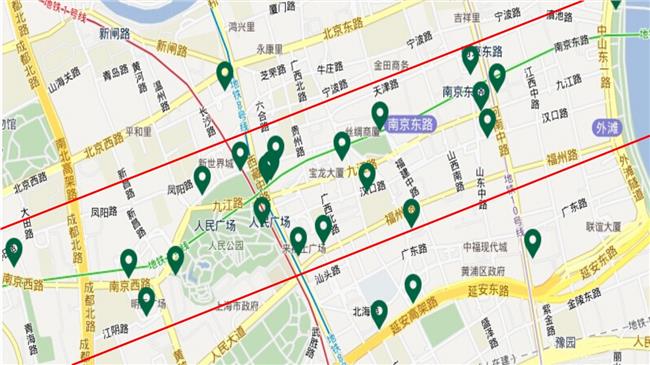
Lin Su knew that Seesaw was earlier. In 2012, she patronized Seesaw's first store in the Jing'an set Center on Yuyuan Road. Like the new store in the company building, it is also a store that makes people feel beautiful, and the decoration style will not be out of date even after five years.
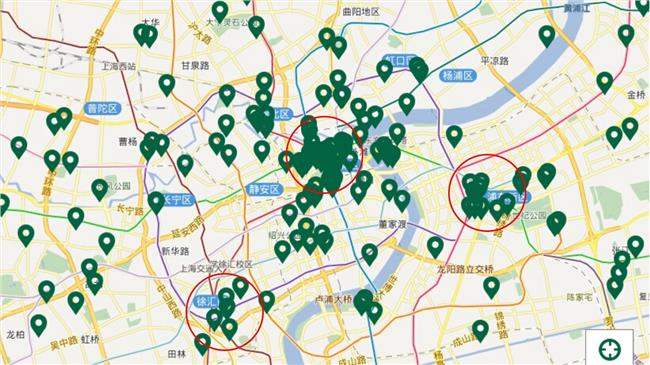
"I was introduced by a friend at that time, and he said it was a boutique coffee shop, the most advanced kind of coffee shop." She added.
The concept of "boutique coffee" was first put forward by Erna Knustsen, founder of the American boutique coffee association SCAA (Specialty Coffee Assocaition of America) in 1974. It is distinguished from commercial coffee beans traded in bulk, specifically referring to coffee beans with regional flavor cultivated in the most favorable climate and soil and water conditions. After years of development, this concept not only emphasizes the "boutique" of coffee beans, but also begins to include the same high standards of roasting and brewing (extraction) methods suitable for specified coffee beans.
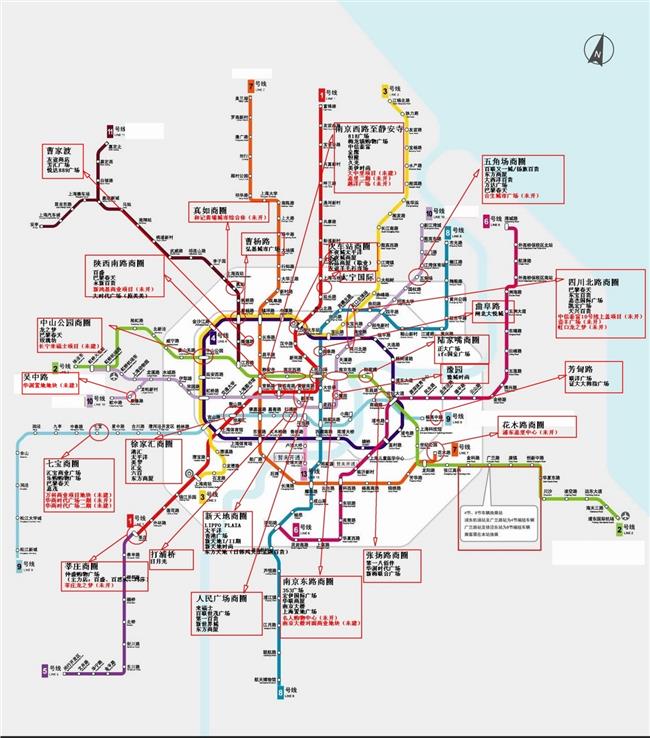
The ice drop coffee that Lin Su fell in love with is the most respected way of making boutique coffee all over the world in the past two years. Each cup of ice drop coffee is made by extracting coffee powder from ice meltwater drop by drop. According to the standard effluent rate of 40-60 drops per minute, the production time can reach more than ten hours or more.

"at first, I didn't know about this coffee. I was curious to see the equipment on the table in the store. I asked the clerk before I wanted to try it." Lin Su said. One of the most special designs of the Seesaw IAPM store is that ice drop devices and hand pots have become decorations on long tables in the seating area.

After Starbucks educates and nurtures China's coffee market, this potential market is becoming layered-most people are satisfied with the standard flavor of coffee brewed by automatic coffee machines, but there are more and more more sophisticated consumers. they are pursuing boutique coffee production techniques such as ice droplets, hand brewing, siphon and the use of semi-automatic coffee machines.
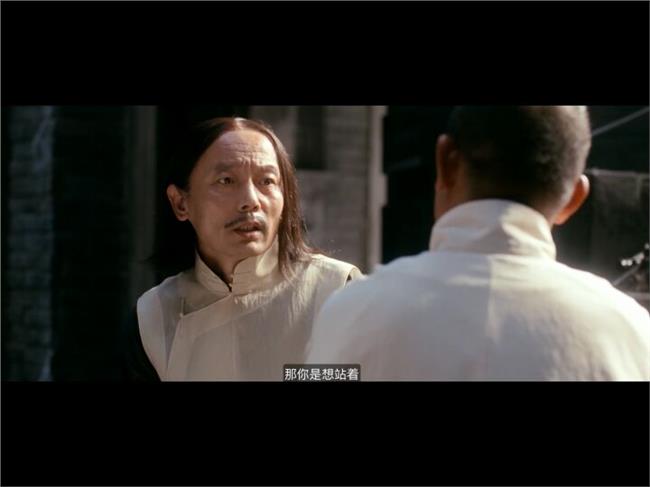
"this is the way we communicate with consumers." Seesaw CEO Wu Xiaomei said in an exclusive interview with the interface reporter. Sales of ice droplets and hand-brewed coffee accounted for 15 per cent of total coffee sales at iapm stores, she said, after putting handcutters and ice droplets on the table as decorations.
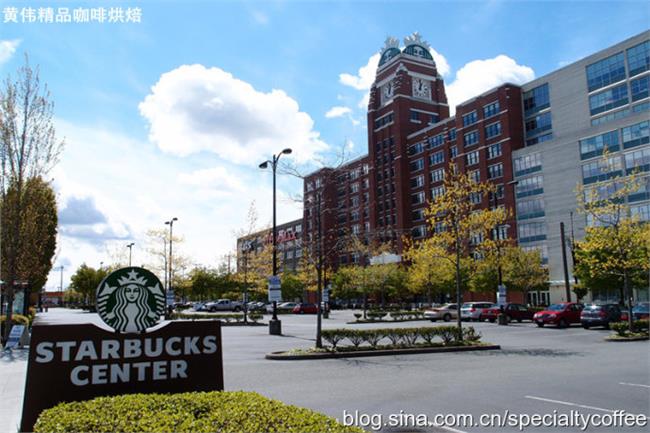
In fact, Seesaw focuses on store design and not only ensures stylish beauty, but also tries to strengthen communication with consumers. The most representative point is the design of the bar.
"when we started the first store, we had two main design requirements: one is to open the bar as much as possible, so that customers can see the whole coffee making process clearly and communicate with the clerk at any time; the other is that the bar should be like the stage. By having a poor line of sight from the seating area, customers can sit and watch the barista's performance like a show." Zong Xinkuang, founder of Seesaw, cited Yuyuan Road Store as an example to describe another attempt by Seesaw to educate customers through design.

According to the data provided by Euromonitor, the period from 2011 to 2012 when boutique coffee shops such as Seesaw prepare and open stores in Shanghai is an important period for the development of China's coffee consumption market. In 2011, the annual growth rate of China's coffee market reached the highest level in nearly a decade since 2005-19.6%. Since then, the annual growth rate of China's coffee market has gradually decreased.

"the annual growth rate has gradually declined after 2011, partly because coffee consumers are mainly concentrated in first-and second-tier cities and the market is becoming more saturated, on the other hand, as their income increases and their recognition of coffee culture increases. Consumers' demand for coffee begins to become diversified, drinking not only coffee, but also a feeling and atmosphere. From then on, an ambient, high-quality cafe has become more competitive." Euromonitor said.

Seesaw, which aims at chain operation from the beginning, now operates seven stores simultaneously in multiple commercial centers in Shanghai. It can expand its market influence for brands and boutique coffee itself through a variety of means, including offering various experience courses, cross-border cooperation with fashion brands such as Adidas Originals and Dongliang, and integrating more "communication methods" into store design, which costs no extra cost and is more lasting.
In the years from its opening to its rapid development, a variety of independent "boutique cafes" have gradually opened up all over the streets of Shanghai. According to the results sorted out with reference to Dianping's data in the New first-tier cities feature of China Business Weekly, there are currently 5296 cafes in Shanghai, of which 3257 are independent cafes, not a few of which are under the banner of "boutique".
Although there are more and more cafes, each has its own characteristics and the market is highly differentiated, so the competition is not fierce. Just like the hundreds of meters of Nanyang Road in Shanghai, there are still seven or eight boutique coffee shops living together in peace. In fact, most of the participants in the market are facing more thorny problems.
"Seesaw is a store that has been operating for many years and has begun to take shape," said Wu Yue, an employee of Penguin Coffee Guide, an official name that helped write the Guide to Shanghai boutique cafes. "but most coffee shops can only be independent and secret, because their main contradiction is how to survive."
"Lutian Coffee Research Society" mainly focuses on improving professionalism and cost control in store design.
Lutian's shop is hidden in an old Shanghai community on Jiangyin Road. When I go for the first time, even if I turn seven and eight correctly according to the navigation, I still have to go through the guidance of several residents to find it smoothly. In addition, the shop adopts a reservation system, and under normal circumstances, the door is closed and there are no signs, so it is easy to turn a blind eye even if you pass by.
"my budget when I opened the store decided that I had no choice." Gao Xia, the hostess of Lutian family, told the interface reporter, "and I prefer to entertain friends who really understand coffee." The founder of the Lutian family is Hideo Nakajima, a Japanese baker and barista, and Gao Xia is his wife. Their stores are aimed at mature coffee customers who already have a full understanding and love of boutique coffee.
Push open the red double door into the shop, three rooms in the shape of a patio. When they first opened the store, the Nakajima couple with a limited budget rented only the long room on the left-hand side of the door, half for baking space and half for hand-brewing coffee and entertaining guests. A year later, under the condition of stable store operation and good online sales of coffee beans, the Nakajima couple decided to rent the other two rooms in the yard that had just been vacated to enhance the customer experience.
"but in fact, there is still some reluctance. Nakajima and I need extra work to cover the cost of store rent." Gao Xia said. After all, booking and more sophisticated customer positioning will limit the revenue growth of Lutian stores.
Now the leftmost room in the door is used as a baking studio, allowing Nakajima to concentrate on making coffee; the courtyard and the rightmost room serve as seating areas for customers, with wooden long tables and chairs; and the horizontal room in the middle has become an artifact exhibition area. a variety of cups and plates are matched on the wooden table.
"I can't do complicated decoration, and I don't have the money to buy furniture." Gao Xia added. Fortunately, she has the help of a group of friends. She sought friendship and cooperation with Mumo, a furniture brand, on the condition that the Lutian family had transformed into its product showroom as a whole in exchange for the opportunity to use furniture; a large part of the "decorations" such as backpacks and clothes in several rooms were also displayed by friends; and the bouquets of flowers in the corner of the courtyard were sent by friends and regular guests who came to drink coffee. If the red wooden door is closed so that the Lutian family is a little aloof and alienated, then when you enter the yard, you will feel a kind of human beauty.
There are a lot of people who save more than the Lutian family on store location and design. Perhaps you have heard its name, the "Internet celebrity" coffee shop Manner, which runs in a residential building on Nanyang Road in Shanghai and uses 3 square meters of space to make boutique coffee.
The biggest reason why Manner will be popular is that it is small and simple. It breaks most people's imagination of the coffee shop, except for the coffee machine at the window, the small blackboard standing on the street and the menu posted on the outer wall of the shop as a clever idea to promote the movement of the coffee shop, the whole 3-square-meter space is hardly designed.
"Today's designs are all about simplicity, and we also think that what is simple is good." Lu Jianxia, founder of Manner, told the interface reporter, "from the beginning, we just wanted to be a take-away store because we didn't want to be dragged to death by rent and decoration money."
The savings from rent and decoration are finally reflected in the cheap price of Manner. Medium drinks are generally priced at 15 yuan, large drinks are priced at 20 yuan, and if you bring your own cup, it will be reduced by 5 yuan. This has also become the best way for Manner to enhance customer stickiness in the surrounding community.
"I'll put the cup and the money here and come back for it later. I'll have a cappuccino." On the day of the interview, an old man appeared at the window of Manner at around 08:30 in the morning, ordered a cup of coffee and sent his granddaughter to school. In the long line behind the old man, at a glance, there were either the old and middle-aged people living around him, or the young people who were just about to go to work in soho in the nearby Donghai. Most of them have cups in their hands, and some have jars to buy coffee beans.
"that's why we chose the store here. the customers here have a good income and education and a high acceptance of good coffee. and many old people in Shanghai also have the habit of drinking coffee." Lu Jianxia added.
TC, a cafe, also targets a group of customers with a good income, education and access to boutique coffee. The coffee shop, which is hidden on the second floor of the No. 2 office building in Lujiazui International Finance Square in Pudong, is mainly trying to catch the white-collar workers in this No. 2 office building.
Under the design of founder Zhang Dewen, the whole store space takes the wide bar as the center, divided into two, left and right symmetry. On the left, it looks like "home", with sofas, fireplaces, photos, paintings and posters, trying to provide office workers with leisure space to escape from work. On the right, it becomes a "thinking space", with a long table in the middle, chairs neatly arranged around the table, a library-like existence when receiving individual guests, and a third-party conference room in the office building after accepting the reservation. This division of functional areas meets the needs of as many customers as possible, and is beneficial to attract the flow of people and improve store turnover.
"the whole store is completely designed according to my own idea, which is what I want a coffee shop to look like, so I don't think too much about profitability." Zhang Dewen said. This can also be seen from the furnishings of several long sofas that occupy an area of "home". If you give up the sofa, the seating area can put at least 8-10 more seats.
Fortunately, Zhang Dewen is still actively looking for ways to expand revenue. Regardless of whether he is profitable or not, he must need reasonable business operations to keep the coffee shop alive.
As a result, tables and chairs are placed in the public aisle of the office building in front of the store, as well as small Trojans and other furnishings, providing customers with more seating choices; at the same time, thinking space can also be used as a classroom in leisure time, providing the possibility for the store to open classes to generate income; and TC itself, as a large and beautiful coffee shop, can also be rented as a whole, so that income can be guaranteed during the off-season.
In fact, both Manner and TC have been doing well recently. They all claim to focus on the local community, but half of the customers they actually entertain are guests from afar who come from afar with a sense of curiosity. TC also extended its business hours to weekends for this group of guests.
"in the past two years, more and more people have begun to pay attention to boutique coffee and boutique cafes, which has brought opportunities for those independent coffee shops." Wu Yue said.
If we push the time forward by four or five years, everything will be a different story. As you may not know, after successfully opening its first store, Seesaw tried a takeout store of about 4 square meters, but it didn't take long to close. "there were still few people who accepted it at that time," Mr. Zong said, "but it's different now."
Important Notice :
前街咖啡 FrontStreet Coffee has moved to new addredd:
FrontStreet Coffee Address: 315,Donghua East Road,GuangZhou
Tel:020 38364473
- Prev
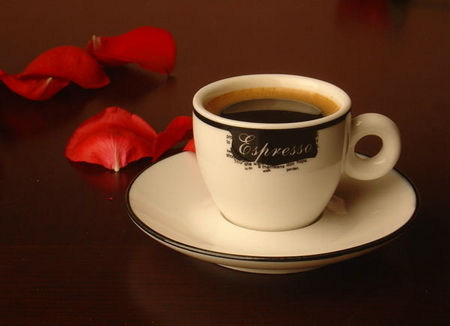
Newbie must see! Italian Blending Advice for Blending Beans
Generally speaking, Brazil Dangji beans, Brazil + Mantenin 1:1 Brazil + Colombia (or Guatemala) 1:1 are relatively safe combinations, for Titian can add a little bit of yejia sherffy. It is recommended to bake well and then spell, adjust the taste through the cup. First, try the esp of the single item, and then add what you feel is missing on the base bean. Single beans can also be used as Italian (SOE=Sin)
- Next

Where is the difference between brown sugar and white granulated sugar in coffee
For the exchange of professional baristas, please follow the coffee workshop (Wechat official account cafe_style). Many people like to drink coffee but also like to add sugar. Let's introduce the types of sugar. In fact, the sugar bag is mainly divided into two kinds: crude sugar and fine sugar, which are mainly represented by yellow sugar (sucrose) and white sugar (granulated sugar). Most people have a consensus on the answer of drinking milk tea with white sugar, but it is better to drink coffee with white sugar.
Related
- What documents do you need to go through to open a coffee shop? coffee shop coffee shop certificate processing process
- How to purchase Coffee beans in small Cafe how to choose a suitable supplier for domestic Coffee supply Company
- How to drink Starbucks Fragrance White Coffee? how to make Australian White Coffee? what Italian coffee beans are recommended?
- The Story of Flora Coffee: the name of Flora Coffee Bean and the implication of the Flowers on Florna Coffee
- How much does a cup of coffee cost? How much is the profit of a cup of coffee? What is the profit of the coffee shop in a year?
- Yunnan small Coffee, known as "fragrant Coffee", introduces the characteristics of Alpine Arabica Coffee producing areas in Yunnan, China
- 2023 latest Starbucks full menu price list how much is a cup of Starbucks coffee what is better to drink the most popular hot and cold drinks recommended
- Starbucks different kinds of Coffee Price list Starbucks menu 2023 Top Ten Best drinks in Starbucks
- Starbucks Spring praise Comprehensive matching Coffee Bean theme Story Packaging implication and taste description
- The cost of a cup of coffee latte American coffee cost price and selling price

